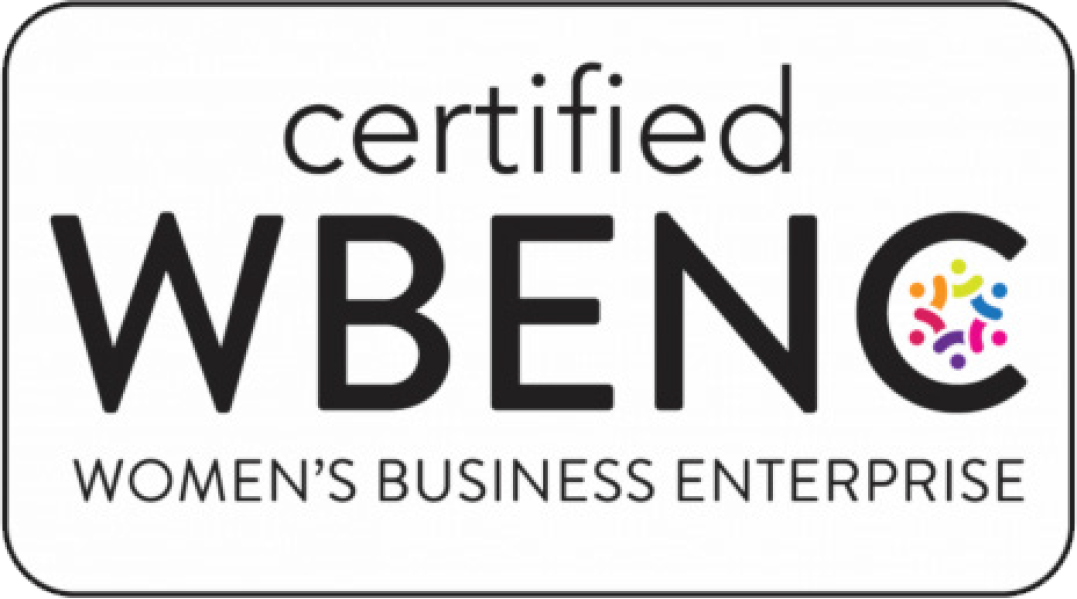The mere mention of a company change can send shivers down the spine of even the most seasoned, committed professional. Maybe it’s a new system, changed policy or structural shift. Maybe it’s a personnel addition or a more streamlined approach. Even when it’s good news, change seems like bad news to many people.
Why? Neuroscience tells us we resist change for reasons rooted in ancient survival mechanisms. When confronted with uncertainty (like unexpected changes), our amygdala or “lizard brain” perceives a potential threat, triggering feelings of fear and anxiety.
These feelings may have been useful to cave dwellers trying to survive. To the rest of us, not so much.
Some fears are reasonable
Whatever the physiological underpinnings, in our experience helping comms pros drive change at large organizations, we’ve found some common, practical reasons employees resist change.
Professional identity: We invest a significant portion of our lives in our work. With time, our roles and routines become a part of who we are. Any disruption can feel like an upheaval of our professional identity.
Comfort in routine: Knowing exactly what your day looks like, the tasks you need to tackle and how to go about them brings a sense of security. Change can disrupt this equilibrium and introduce uncertainty.
Concerns about performance: “Will I be as good when the change happens?” Any new system or role brings with it a learning curve, and during that phase, there’s always the looming fear of not measuring up.
Team dynamics: Over time, we build strong bonds with our colleagues. The idea of a change that could disrupt these bonds or introduce new team members into the mix can be unsettling. Change can feel like a threat to the camaraderie we cherish.
Uncertainty about the future: Change often comes with awkward questions like: “Is my role still secure? Will this new direction be beneficial for the company?”
Perceived increase in workload: Change is often accompanied by a learning phase with new systems, processes or tools. This transition can feel like a heavy addition to an existing workload, especially if it’s rushed.
Lack of trust in leadership: Ouch. If previous changes weren’t rolled out successfully or the leadership team doesn’t communicate a commitment to the good of the company and employees, there can be skepticism.
At every step, address the fears
Try aligning your communications plan with the WordsFresh Change Communications Model.
While deceptively simple, our model captures the perspective of the employee, not the top brass. We’ve used this framework successfully with clients in a wide variety of industries.
Every phase of communication is mapped to address the evolving mindset of employees. Here’s how it addresses employees’ natural fear of change.
Phase 1: I’m Aware
Overcoming apprehension: There’s a shift on the horizon. How will it affect me? Could be positive, could be negative. Likely, it’ll be a hassle. Communication essentials: Capture my attention, spark my curiosity or even delight me. Offer me a compelling reason to be on board. Stay hopeful. Engage me or make me smile and my fears begin to recede.
Phase 2: I Understand
Addressing worries: Alright, I’m connecting the dots. I recognize the significance of this shift. Let me dive a bit deeper to truly get the picture. But a heads up – my plate’s full. I’m afraid this might be overwhelming.
Communication essentials: I’m eager to hear from leadership. Help me comprehend the ‘why’ behind this change and its implications for my role. Be straightforward and simplify things for me.
Phase 3: I Act
Speaking to concerns: I’m rolling up my sleeves, tweaking some of my tasks and viewpoints. I’m applying these new strategies. I’m just hoping this isn’t another passing trend the company is trying.
Communication essentials: Who are my allies in this? Show me real-world applications, maybe a few best practices. Share success stories to calm my anxiety and bolster my confidence.
Phase 4: I Grow
From fear to flourishing: I’ve embraced this fresh approach, and it feels right. This journey has been a learning curve, and I’ve gathered some valuable insights. I’ve got a few suggestions I’d like to mention.
Communication essentials: My queries now have more weight. How do we keep the momentum going? Who’s open to my suggestions? What lies ahead? A little nudge to persist and evolve would be great.
Fear is natural but manageable
Change can be like walking into a dark room and wondering what’s hiding there. Turn on the lights by understanding employees’ fears and consider aligning your plan with the WordsFresh Change Communications Model. Save the chills for Halloween night.
The mere mention of a company change can send shivers down the spine of even the most seasoned, committed professional. Maybe it’s a new system, changed policy or structural shift. Maybe it’s a personnel addition or a more streamlined approach. Even when it’s good news, change seems like bad news to many people.
Why? Neuroscience tells us we resist change for reasons rooted in ancient survival mechanisms. When confronted with uncertainty (like unexpected changes), our amygdala or “lizard brain” perceives a potential threat, triggering feelings of fear and anxiety.
These feelings may have been useful to cave dwellers trying to survive. To the rest of us, not so much.
Some fears are reasonable
Whatever the physiological underpinnings, in our experience helping comms pros drive change at large organizations, we’ve found some common, practical reasons employees resist change.
Professional identity: We invest a significant portion of our lives in our work. With time, our roles and routines become a part of who we are. Any disruption can feel like an upheaval of our professional identity.
Comfort in routine: Knowing exactly what your day looks like, the tasks you need to tackle and how to go about them brings a sense of security. Change can disrupt this equilibrium and introduce uncertainty.
Concerns about performance: “Will I be as good when the change happens?” Any new system or role brings with it a learning curve, and during that phase, there’s always the looming fear of not measuring up.
Team dynamics: Over time, we build strong bonds with our colleagues. The idea of a change that could disrupt these bonds or introduce new team members into the mix can be unsettling. Change can feel like a threat to the camaraderie we cherish.
Uncertainty about the future: Change often comes with awkward questions like: “Is my role still secure? Will this new direction be beneficial for the company?”
Perceived increase in workload: Change is often accompanied by a learning phase with new systems, processes or tools. This transition can feel like a heavy addition to an existing workload, especially if it’s rushed.
Lack of trust in leadership: Ouch. If previous changes weren’t rolled out successfully or the leadership team doesn’t communicate a commitment to the good of the company and employees, there can be skepticism.
At every step, address the fears
Try aligning your communications plan with the WordsFresh Change Communications Model.
While deceptively simple, our model captures the perspective of the employee, not the top brass. We’ve used this framework successfully with clients in a wide variety of industries.
Every phase of communication is mapped to address the evolving mindset of employees. Here’s how it addresses employees’ natural fear of change.
Phase 1: I’m Aware
Overcoming apprehension: There’s a shift on the horizon. How will it affect me? Could be positive, could be negative. Likely, it’ll be a hassle. Communication essentials: Capture my attention, spark my curiosity or even delight me. Offer me a compelling reason to be on board. Stay hopeful. Engage me or make me smile and my fears begin to recede.
Phase 2: I Understand
Addressing worries: Alright, I’m connecting the dots. I recognize the significance of this shift. Let me dive a bit deeper to truly get the picture. But a heads up – my plate’s full. I’m afraid this might be overwhelming.
Communication essentials: I’m eager to hear from leadership. Help me comprehend the ‘why’ behind this change and its implications for my role. Be straightforward and simplify things for me.
Phase 3: I Act
Speaking to concerns: I’m rolling up my sleeves, tweaking some of my tasks and viewpoints. I’m applying these new strategies. I’m just hoping this isn’t another passing trend the company is trying.
Communication essentials: Who are my allies in this? Show me real-world applications, maybe a few best practices. Share success stories to calm my anxiety and bolster my confidence.
Phase 4: I Grow
From fear to flourishing: I’ve embraced this fresh approach, and it feels right. This journey has been a learning curve, and I’ve gathered some valuable insights. I’ve got a few suggestions I’d like to mention.
Communication essentials: My queries now have more weight. How do we keep the momentum going? Who’s open to my suggestions? What lies ahead? A little nudge to persist and evolve would be great.
Fear is natural but manageable
Change can be like walking into a dark room and wondering what’s hiding there. Turn on the lights by understanding employees’ fears and consider aligning your plan with the WordsFresh Change Communications Model. Save the chills for Halloween night.
 SUBSCRIBE TO
SUBSCRIBE TO
Three fresh ideas (and a meme)
Love what you just read? There’s more! Sign up for our monthly newsletter for even more thought-provoking ideas (and reasons to LOL).


